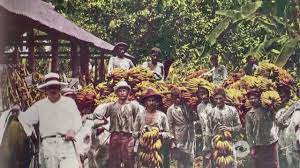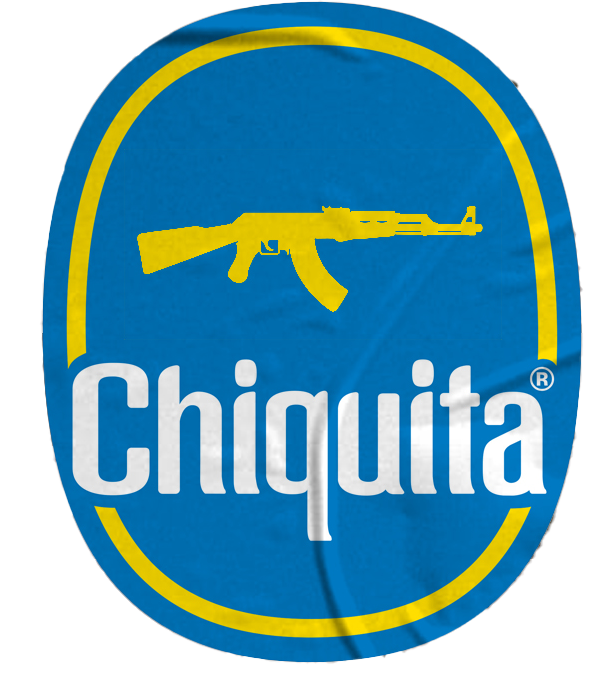
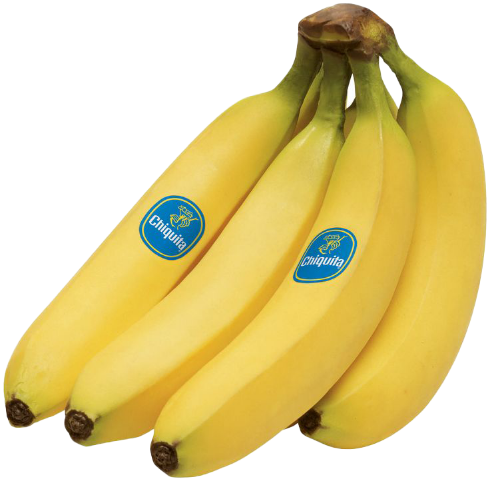
“we did not come from,nothing, we are from trees, rooted in ancient soil, growing platanos, the color of gold,from giant mountains, a lush green , from angry, mountain mudslides, by sea,from fertile lands, birthing , woman , made , of flowers” paola de la calle
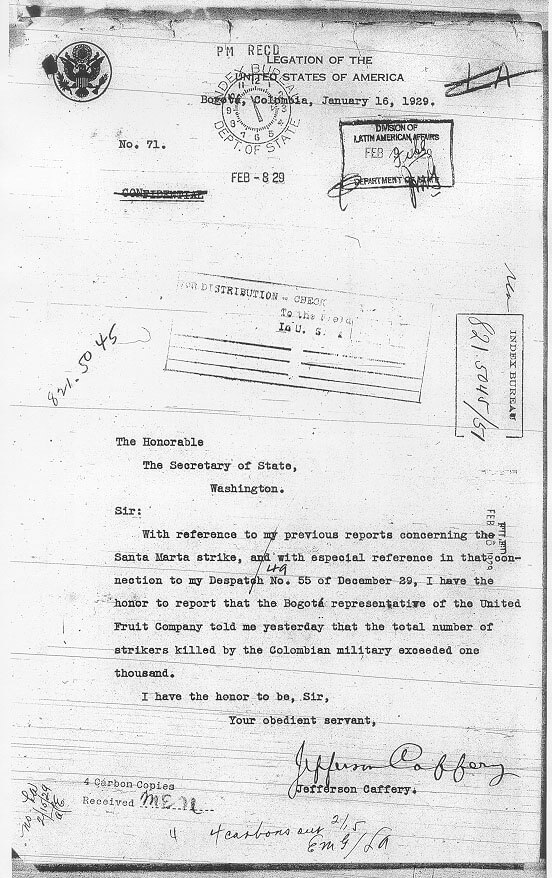
Banana Massacre, the unprovoked killing
of United Fruit Company workers and
their supporters in Ciénaga, Magdalena
department, Colombia, by federal troops
under the command of Colombian Gen.
Carlos Cortés Vargas on December 6, 1928.
Estimates of the number of deaths range
from fewer than 50 to more than 1,000.

The United Fruit Company, an American
corporation, owned 220,000 acres
(about 89,000 hectares) of Colombian
farmland, and it had significant
influence within the Colombian
government.Since the late 1910s
some 25,000 workers on the company’s
banana plantations had been advocating for
better working and living conditions.
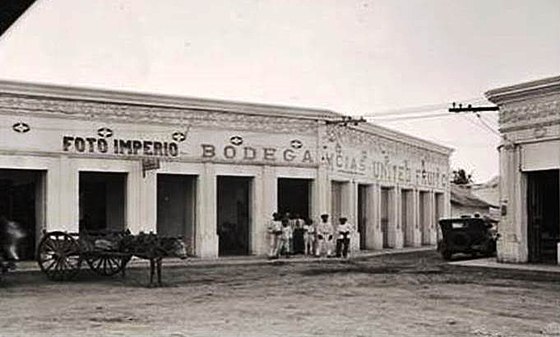
On December 5 the workers
were summoned to Ciénaga, ostensibly
to settle the strike with the governor
of Magdalena. Some 1,400 workers and
their families filled the town square
and were faced by 300 soldiers.
Shortly before midnight, Cortés Vargas
received a telegram containing Decree
Number 1, the government’s official
declaration of a state of siege in
Magdalena. At 1:30 AM on December 6
the crowd was ordered to disperse.
Five minutes later, following three
short bugle blasts, soldiers fired
machine guns into the crowd.
Initial reports noted that 8 or 9
people had been killed and 20 injured.
Violence continued for the next few
days as the military attempted to
kill the union leaders who survived
the first attack. According to later
reports, the total number of dead
stemming from the initial massacre
and its immediate aftermath amounted
to more than 1,000.
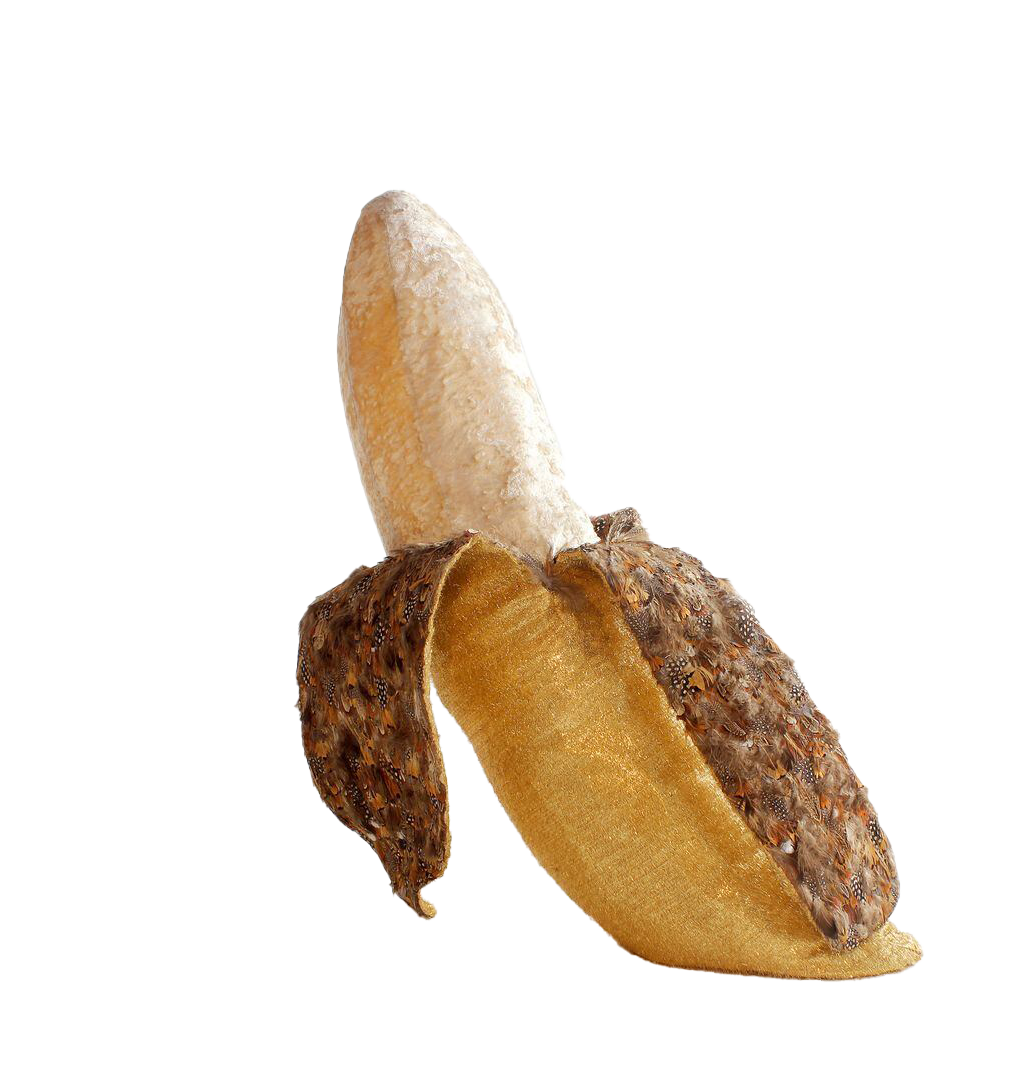
The massacre of the
banana plantations:
“nothing has happened,
nor is it happening
nor will it ever happen”
